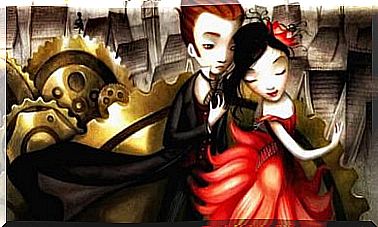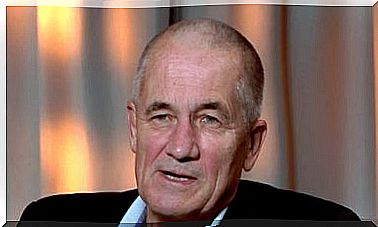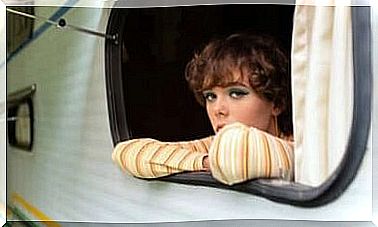Steve Jobs: The Biography Of The Man Who Invented The 21st Century
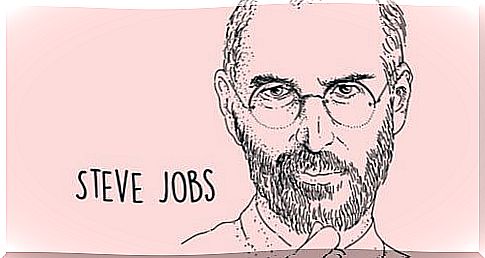
Absolute creativity and genius are perhaps the two words that come to mind when we think of Steve Jobs. They say that, in his own way, he was the inventor of the 21st century. And this is not just a metaphor.
The way we work, communicate and relate to the world today is due in large part to this genius.
He achieved business success very early. His professional career was meteoric from an early age. Maybe that’s why he always said that neither success nor money impressed him. Nor were they the main reason for him to keep working.
However, he turned a dream into reality. A dream that was taken from him by the old ideas and by the large shareholders’ meetings. But Jobs never lost his visionary spirit. He never gave up.
Like other people with a lot of creativity, Steve Jobs managed his entire life between success and frustration, between a new project – which no one had thought of before – and the search for a more transcendent life that made history.
your early years
Steve Jobs was born in San Francisco in 1955. His biological parents were two college students who gave him up for adoption as soon as he was born.
Fortunately, little Steve was adopted by a family that he always considered his real parents and that encouraged him and knew how to support him in everything since he was a child.
He attended school in California and then left for Portland to begin his university studies. His time at Reed College was characterized by his excellent qualities in terms of potential, which contrasted with his rebelliousness and lack of interest.
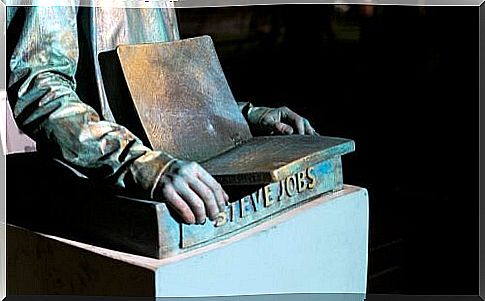
your spiritual quest
In 1974, Steve Jobs traveled to India in search of a transcendental meaning to his life and spent time at Neem Karoli Baba’s Ashram in Kainchi.
He studied Buddhism at a Zen center in Los Altos in the 1970s. In addition, he maintained a close friendship with his Zen master, a friendship that would last a lifetime.
His biographers claim that Zen Buddhism marked his entire life and work. In 2005, during a speech Jobs gave at the Stanford graduation ceremony, he said:
During the 1970s, Steve Jobs also joined his country’s anticultural movement, and it was during this time that he experimented with psychedelic substances. He used to say that this drug experience was fundamental to his perspective on his own life and his vision of the future.
Steve Jobs and the first computers
His first job with computers was at Atari, where he met Steve Wozniak, the computer technician who later became Apple’s co-founder. They were a perfect pair.
In this way, Wozniak’s genius as an engineer found in Jobs the entrepreneurial talent he needed to create the project that would later become an empire.
At the time they worked for Atari, computers were for the exclusive use of large companies and cost more than a house. Wozniak built the first personal computer because he wanted to have one in his own home. That’s where it all started.
Two visionaries who started selling the first personal computers from the garage of Steve Jobs’s parents’ house. Despite separating after some time, they managed to do amazing things together…
The Apple Adventure
In the following years, Apple computers expanded in the market and the purchase of a personal computer became more and more necessary. As a result, Apple grew a lot and things got complicated for Jobs.
In 1984 they designed the first Macintosh. An invention that marked a before and an after in home computing, but they didn’t know how to market it. Apple had grown and the board of directors did not share Jobs’ vision or passion.
They believed that Jobs’s genius gifts of creativity and business vision were undermined by his demanding, perfectionist character.
Like all great geniuses who changed history, Steve Jobs needed a team that worked with the same passion, vision, and transcendent sense that he possessed.
Finally, in 1985, Wozniak left Apple and, a year later, Steve Jobs was removed from his executive roles and left without a voice or vote in his own company. So Jobs left Apple to continue his professional adventure alone.
He created the Next company and made a foray into Pixar, a company that makes computer graphics movies. His time at Pixar brought Jobs great success and respect for his work.
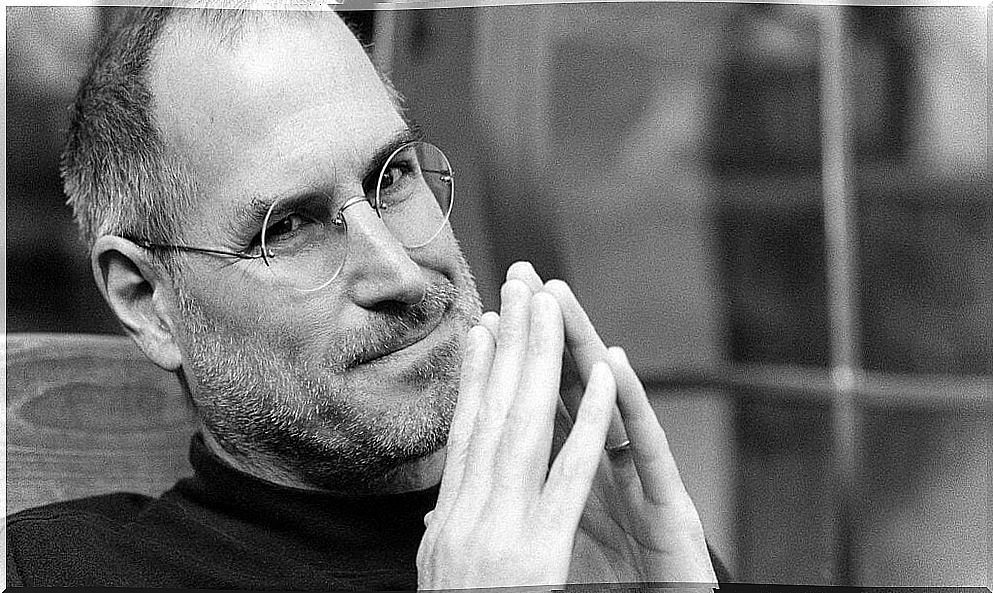
back to apple
Steve Jobs returned to Apple in 1996, at a time when the company was technologically behind Microsoft. Apple was on the brink of bankruptcy, but Jobs’ return gave it a new direction.
He canceled all ongoing projects and regained control of his company. In this way, Steve Jobs was making history again.
Jobs then designed a new generation of innovative products such as the iPod, iPad and iPhone. It set a standard for portable digital music.
In 2008, iTunes had over six million downloads and over 200 million iPods sold. In 2010, he introduced the iPad, the tablet system. In 2012, Apple became the most valued company in the world.
In an interview in 2007, Jobs said:
Steve Jobs’ Untimely Death
Perfectionist, passionate and visionary. These were his angels and his demons. His legacy is the result of a passion he never put up for sale.
In 2003, Steve Jobs was diagnosed with pancreatic cancer that caused him numerous health problems. Even so, he continued working until 2009, the year in which the illness forced him to leave work.
He passed away in 2011 at 56 years of age. Steve Jobs is buried in an unnamed grave in Palo Alto, California.
The slogan “Think Different” was created when Steve Jobs took back Apple, his company.


